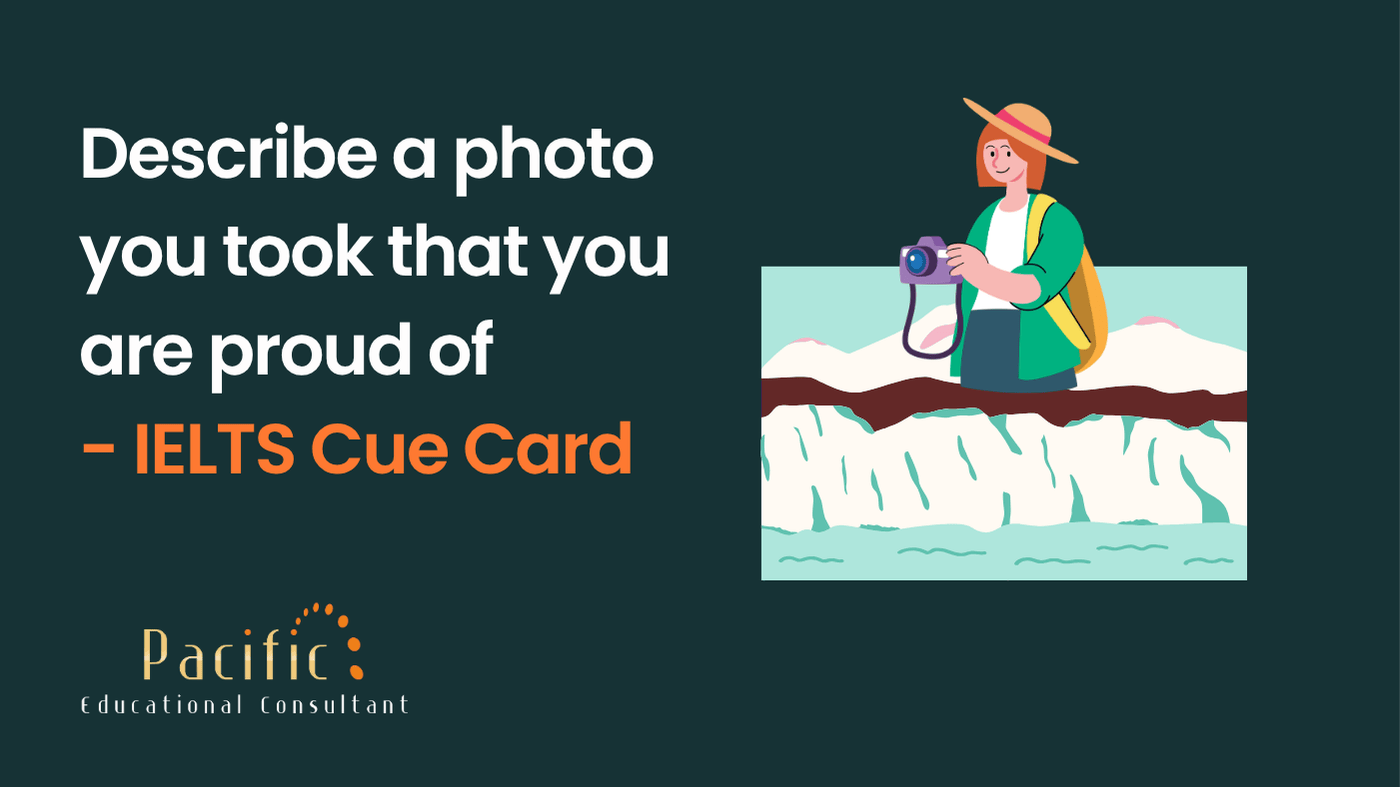


You should say:
I took this photo last winter, during a short trip to Udaipur with my friends. We had gone to visit the City Palace early in the morning, and the light was absolutely perfect.
I took the photo from the edge of Lake Pichola, right opposite the palace. The sky was painted in shades of pink and orange, and the water was so still that it reflected every detail like a mirror.
The picture shows the grand City Palace glowing in the soft morning light, with boats resting quietly on the calm water. A few birds were flying across the sky, and the reflection of the palace made the entire scene look magical and almost unreal.
I’m proud of this photo because it captures the peaceful beauty of that moment exactly as I experienced it. I didn’t use any filters or editing — just my phone camera and the natural light. When I shared it on social media, many people thought it was a professional shot. It reminded me that sometimes timing and observation matter more than expensive equipment. It’s a memory I’ll always cherish.
Many people prefer to record important moments through photos because they serve as visual memories. A single picture can instantly bring back emotions and details that words sometimes can’t express. In today’s digital age, people also enjoy sharing these memories online to celebrate milestones or stay connected with loved ones.
Historical photographs give us a visual window into the past. They help us understand how people lived, dressed, and interacted in different eras. Unlike written records, photos capture the real expressions and environments of that time, making history more vivid and relatable. They also help researchers verify events and study cultural evolution.
Not always. While photos are excellent for preserving visual details, emotional memories often come from personal experiences rather than pictures. Sometimes, when people focus too much on taking photos, they forget to live in the moment. So, I’d say it’s a great tool, but not the only or the best way to remember something deeply.
It depends on the person. Photos capture the external world — places, people, and events — while diaries record inner thoughts and feelings. A photograph might show what happened, but a diary reveals how you felt about it. Ideally, combining both gives a fuller picture of any experience.
People usually take photos during special occasions like birthdays, weddings, festivals, or trips. However, with smartphones, photography has become a part of everyday life — people even capture simple moments like a beautiful sunset, food, or a candid smile. It’s a way of documenting life as it happens.
Old photos are treasures of nostalgia. They remind people of their childhood, family, and loved ones who may no longer be around. Looking at them helps people relive precious memories and feel connected to their roots. For some, old photos also have sentimental or even historical value.

Canada Super Visa in Kota | Parents & Grandparents Visa Experts

Malaysia Study Visa Requirements – Fees, Process, Bank Balance

MDS in Germany : Fees, Licensing, Salary & Eligibility for Indian Dentists

PTE Reading Tips and Tricks: How to Improve PTE Reading Score

Best Architecture Colleges in the World: Ranking, Fees & Admission

Top GMAT Accepting Colleges in World for MBA

Fully Funded PhD Scholarships Abroad for Indian Students

MBA in Project Management in UK: Top Universities, Fees & Jobs

Top 10 Universities for MBA HR in Canada | Eligibility & Process

MS in Agriculture in Australia: Top Universities, Scholarships & Jobs